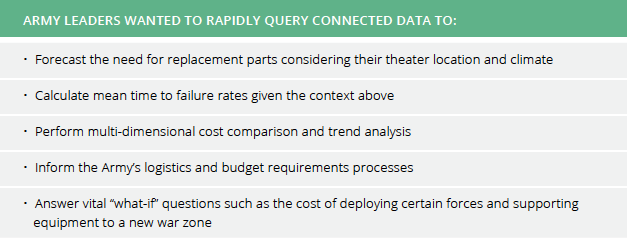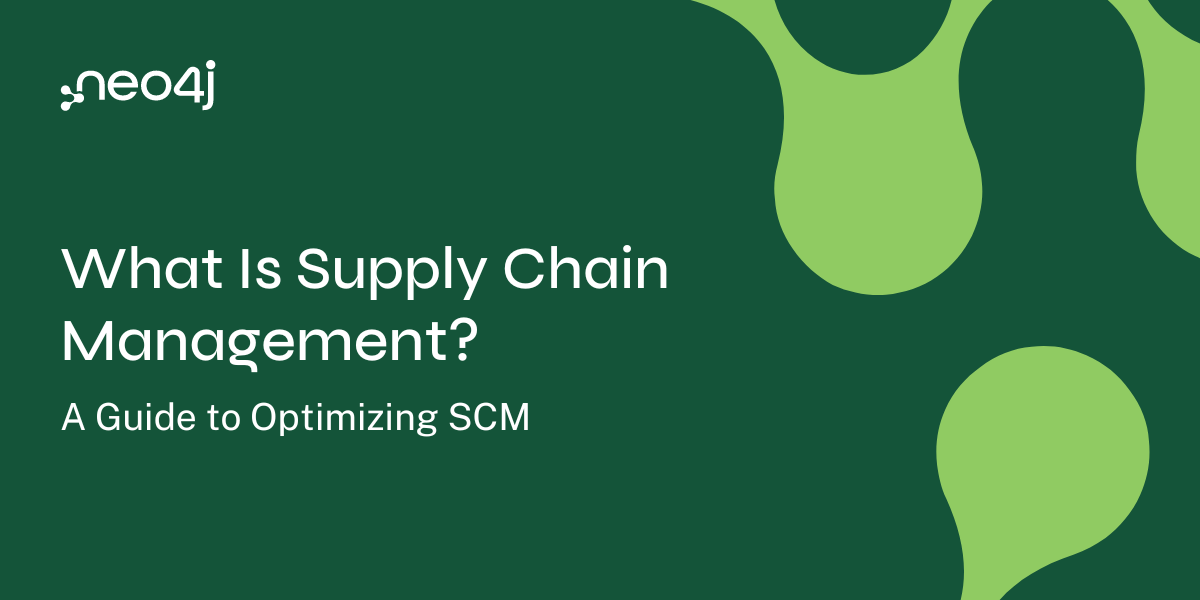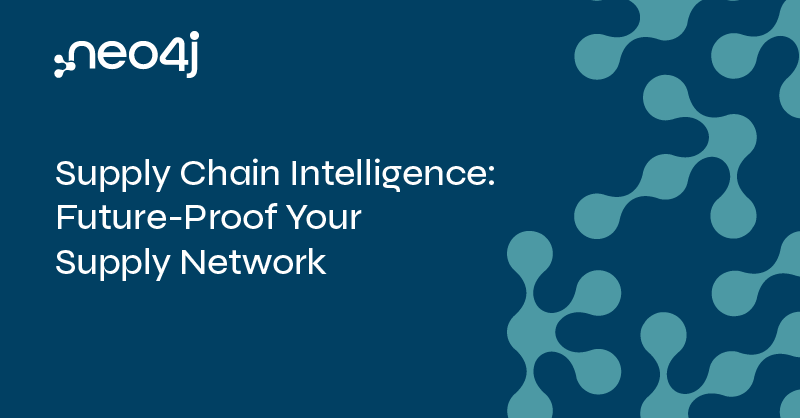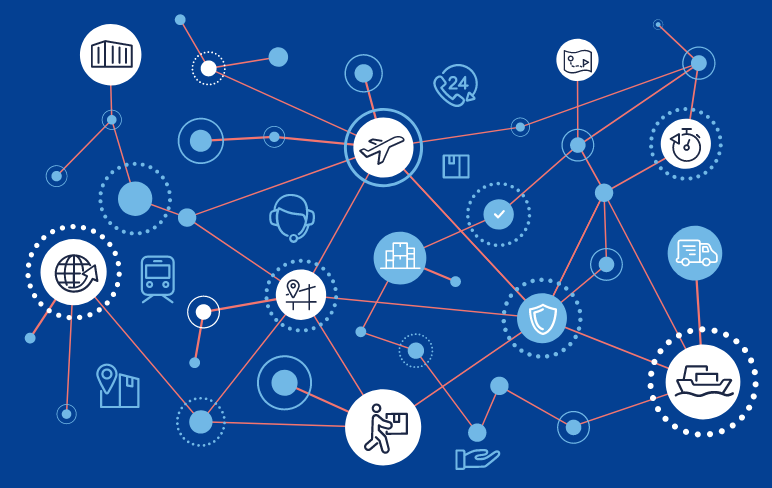Graphs in Government: The U.S. Army
Federal Account Manager, Neo4j
3 min read

The use cases for a opens in new tabgraph database in opens in new tabgovernment are endless.
Graphs are versatile and dynamic. They are the key to solving the challenges you face in fulfilling your mission.
Using real-world government use cases, this blog series explains how graphs solve a broad range of complex problems that can’t be solved in any other way.
Last week we gave an overview of putting opens in new tabNeo4j into action to help governments do many tasks, such as perform deep, complex queries, reduce infrastructure costs and meet security demands.
This week we will highlight a case study in which the U.S. Army uses Neo4j to help fulfill its mission in areas such as supply chain management, maintenance cost management and logistics and budget requirements processes.
Supply Chain, Bill of Materials and Maintenance Cost Management
As the largest branch of America’s Armed Forces, the opens in new tabU.S. Army supports more than one million soldiers and about 200,000 civilian staff. Each of these staff members relies on multiple pieces of equipment, from helicopters and armored vehicles to small arms and radios, to complete their missions.
With maintenance, operation and support costs of equipment representing as much as 80% of total lifecycle costs, it’s imperative that the Department of Defense (DoD) track and analyze equipment maintenance costs.
Maintenance and support for this equipment necessitate the procurement of millions of spare parts per year. Prior to Neo4j, the Army used an aging mainframe-based system to track parts orders and their connections to equipment systems, components and subcomponents.
However, an increasing volume of available data and changing historical data sources made data management increasingly difficult, resulting in unpredictable maintenance costs. It was obvious that a system with more flexibility would offer greater performance and the ability to add new dimensions for more insights and richer analysis.
The Army recognized the need to modernize its core tracking system. Working with CALIBRE, a leading provider of management consulting and information technology solutions, the U.S. Army employed Neo4j as a major part of its solution for providing greater visibility into the total costs of owning a system.
With Neo4j, the Army has a much more flexible and robust view of the parts requirements and costs of these parts across systems, components and subcomponents. It’s also much easier now to rapidly store, explore and visualize a wealth of logistics and cost data.
“The scale of the information Neo4j handles is vast,” said Preston Hendrickson, who leads CALIBRE’s technical team for the U.S. Army’s Operating and Support Management Information System. “For example, just one of the tanks we track includes ~10 million parts records, creating more than 15 million possible relationships among the components for our cost allocation algorithms to work through.”
“The flexibility and speed at which we can now add in new data sources or make changes to the structures of current data in Neo4j has been a real game-changer for our IT team,” said Hendrickson.
“Neo4j also saves our analytics team huge amounts of time. The graph now serves as an analytics platform that is capable of housing everything they need together in one place.”
“This is giving us visibility into more detailed connections within our data that were previously much harder to find or perhaps sometimes even overlooked. Analysts can now look for answers to their questions and perform ‘what-if’ scenarios immediately without having to load data from multiple sources and in some cases reload a mainframe for repeat computation,” said Hendrickson.
Conclusion
As we’ve shown, government agencies and organizations use Neo4j for many complex functions, such as perform deep queries and reduce infrastructure costs.
Graph databases are as versatile as the government agencies that use them. In the coming weeks, we’ll continue showing the innovative ways government agencies are using graph databases to fulfill their missions.
Witness how leading government agencies are using Neo4j to overcome their toughest challenges with this white paper, opens in new tabGraphs in Government: Fulfilling Your Mission with Neo4j. Click below to get your free copy.
Read the White Paper









